Home>Furniture & Design>Interior Design Trends>How To Dispose Of Glass Bottles
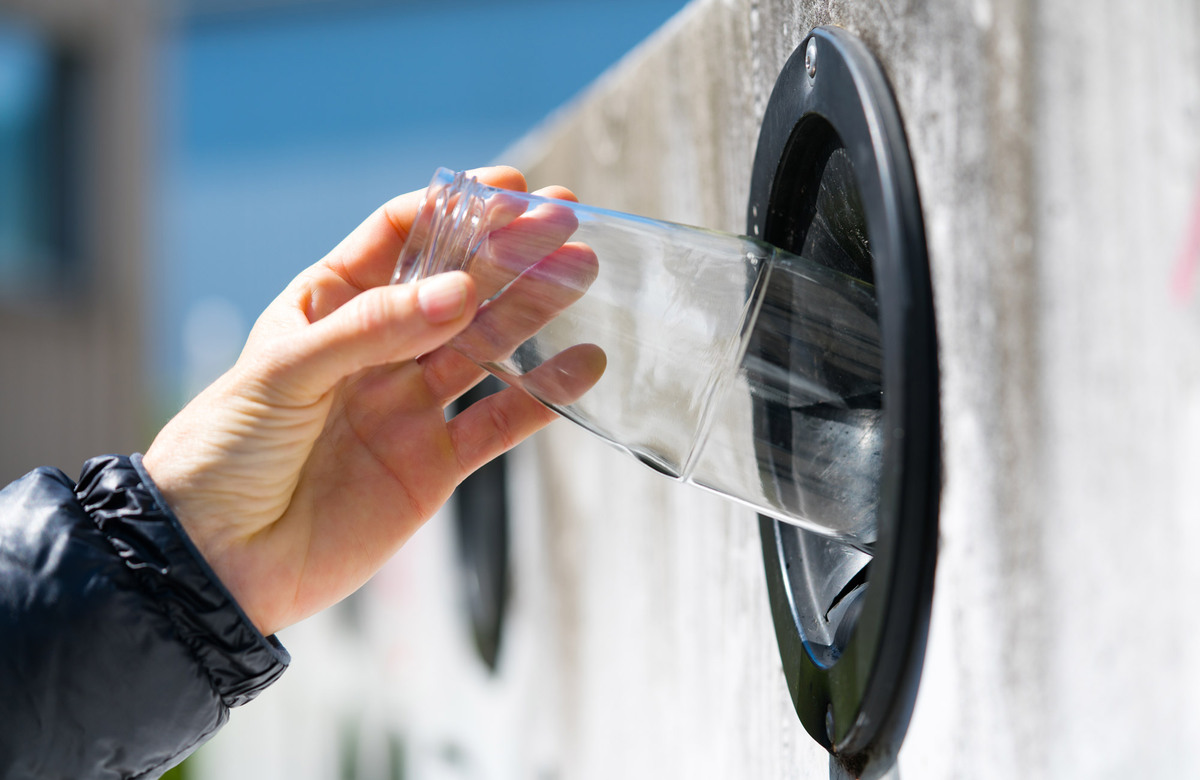

Interior Design Trends
How To Dispose Of Glass Bottles
Modified: October 20, 2024
Learn the latest interior design trends for disposing of glass bottles responsibly. Discover eco-friendly solutions and creative upcycling ideas for a sustainable home.
(Many of the links in this article redirect to a specific reviewed product. Your purchase of these products through affiliate links helps to generate commission for Storables.com, at no extra cost. Learn more)
Introduction
Glass bottles are a common household item that often accumulates over time. Whether it's from finishing a bottle of your favorite beverage, using a jar of pasta sauce, or receiving a gift in a decorative glass bottle, it's important to know how to properly dispose of them. Glass is a versatile and recyclable material, but it requires special handling to ensure it doesn't pose a hazard to the environment or to individuals handling it.
In this guide, we will explore the best practices for disposing of glass bottles in an eco-friendly and responsible manner. From cleaning and preparing the bottles for recycling to reusing or repurposing them in creative ways, we'll cover the step-by-step process to help you make informed decisions about the fate of your glass bottles. Additionally, we'll address the proper disposal of broken glass bottles, as they require specific precautions to prevent accidents and injuries.
By following these guidelines, you can contribute to the sustainability of the environment while also minimizing the potential risks associated with handling glass bottles. Let's embark on this journey to discover the most effective and safe methods for managing glass bottle disposal.
Key Takeaways:
- Clean glass bottles thoroughly before recycling or reusing to ensure environmental sustainability and minimize contamination issues. Properly cleaned bottles contribute to responsible waste management.
- Explore creative ways to reuse glass bottles, such as making decorative vases or DIY candle holders, to reduce waste and add a personal touch to your living space.
Read more: How To Sanitize Glass Bottles
Step 1: Clean the Bottles
Cleaning glass bottles before disposal is essential to ensure that they are free from any residues or contaminants that could affect the recycling process. Follow these steps to effectively clean your glass bottles:
-
Empty the Bottles: Start by emptying the bottles of any remaining liquids or contents. If the bottles contain liquids, pour them out into appropriate containers for disposal or reuse.
-
Rinse Thoroughly: Rinse the bottles with warm water to remove any remaining traces of the previous contents. For bottles with stubborn residues, consider using a bottle brush to scrub the interior surfaces.
-
Use Mild Detergent: If necessary, use a mild dish soap or detergent to clean the bottles. Add a small amount of soap to warm water and swish it around inside the bottles. Ensure that the soap reaches all areas, including the neck and bottom of the bottles.
-
Remove Labels: Peel off any paper or plastic labels from the bottles. Soak the bottles in warm, soapy water to loosen adhesive residues, making it easier to remove the labels completely.
-
Rinse Again: After cleaning and label removal, rinse the bottles thoroughly with clean water to eliminate any soap or label remnants.
-
Air Dry: Allow the bottles to air dry upside down on a clean dish rack or towel. Ensure that they are completely dry before moving on to the next step.
By following these steps, you can effectively clean your glass bottles, preparing them for the next stage of disposal. Clean bottles are essential for recycling and can also be reused or repurposed in various creative projects. Properly cleaned glass bottles contribute to the sustainability of the recycling process and minimize potential contamination issues.
Step 2: Remove Labels and Caps
Removing labels and caps from glass bottles is an important step in preparing them for disposal, recycling, or repurposing. Labels and caps, often made of paper, plastic, or metal, can interfere with the recycling process and should be separated from the glass bottles. Here's a detailed guide on how to effectively remove labels and caps from glass bottles:
-
Soaking Method: Submerge the bottles in warm, soapy water to loosen the adhesive holding the labels in place. Allow the bottles to soak for a few hours or overnight to ensure the labels are thoroughly saturated. The warm water and soap help dissolve the adhesive, making it easier to peel off the labels later.
-
Peeling Labels: After soaking, carefully peel off the labels from the bottles. Start at one corner and gently lift the edge of the label, taking care not to tear it. If the label resists, return the bottle to the soaking solution for additional time. For stubborn labels, a plastic scraper or a non-abrasive scrubbing pad can be used to aid in the removal process.
-
Removing Adhesive Residue: Once the labels are removed, any remaining adhesive residue can be tackled using a gentle adhesive remover or rubbing alcohol. Apply the remover to a clean cloth and gently rub the adhesive until it loosens and comes off. Ensure that the bottles are thoroughly rinsed after using the adhesive remover.
-
Unscrewing Caps: For bottles with metal or plastic caps, unscrew them and separate them from the glass bottles. Caps are typically not recyclable with glass and should be disposed of separately. If the caps are made of recyclable materials, such as metal, they can be collected and recycled through appropriate channels.
-
Rinsing and Drying: After removing the labels and caps, rinse the bottles once more to ensure that all traces of adhesive and label remnants are eliminated. Allow the bottles to air dry completely before proceeding to the next step.
By following these steps, you can effectively remove labels and caps from glass bottles, ensuring that they are clean and free from any non-glass materials. This preparation is crucial for the successful recycling and repurposing of glass bottles, contributing to environmental sustainability and responsible waste management.
Step 3: Reuse or Repurpose
Once your glass bottles are clean and free from labels and caps, consider exploring creative ways to reuse or repurpose them before opting for recycling or disposal. Reusing glass bottles not only reduces waste but also adds a touch of uniqueness to your everyday life. Here are some inspiring ideas for reusing or repurposing glass bottles:
-
Decorative Vases: Transform your glass bottles into charming vases by simply adding fresh or artificial flowers. You can paint the bottles with vibrant colors or wrap them with decorative twine to match your home decor.
-
DIY Candle Holders: Cut the tops off the bottles and place candles inside to create stunning candle holders. The flickering candlelight through the glass can add a warm and inviting ambiance to any space.
-
Homemade Infused Oils or Vinegars: Clean glass bottles are perfect for storing homemade infused oils or vinegars. Add your favorite herbs and spices to create flavorful concoctions, and label the bottles for easy identification.
-
Serving Bottles: Repurpose glass bottles as stylish serving containers for homemade salad dressings, syrups, or infused water. Simply attach a pourer or cork to the bottle for easy dispensing.
-
DIY Soap Dispensers: Convert glass bottles into elegant soap dispensers by fitting them with pump dispensers. This eco-friendly alternative adds a touch of sophistication to your bathroom or kitchen.
-
Upcycled Art Projects: Let your creativity flow by using glass bottles in art projects. From mosaic designs to sculptural installations, the possibilities are endless when it comes to incorporating glass bottles into your artistic endeavors.
-
Storage Containers: Glass bottles can be repurposed as storage containers for dry goods such as grains, spices, or homemade seasonings. Label the bottles for organization and easy access.
-
DIY Terrariums: Create miniature indoor gardens by repurposing glass bottles as terrarium containers. Layer soil, rocks, and small plants to bring a touch of nature into your living space.
By exploring these reuse and repurpose options, you can give your glass bottles a new lease on life while adding a personal touch to your surroundings. Repurposing glass bottles not only reduces waste but also encourages creativity and resourcefulness. Once you've explored these possibilities, you can then consider the next step in the glass bottle disposal process.
Find a local glass recycling center or drop-off location to properly dispose of glass bottles. Many communities have curbside recycling programs as well. Avoid putting glass bottles in the regular trash to help reduce waste and protect the environment.
Step 4: Recycle
Recycling glass bottles is a crucial step in sustainable waste management, as it allows the glass to be transformed into new products while conserving natural resources and reducing energy consumption. When it comes to recycling glass bottles, it's essential to follow the proper guidelines to ensure that the process is efficient and environmentally responsible.
Here's a detailed guide on how to recycle glass bottles effectively:
-
Check Local Recycling Guidelines: Start by familiarizing yourself with the recycling guidelines in your local area. Different municipalities may have specific requirements for glass recycling, including the types of glass accepted and the collection methods. Check with your local recycling center or waste management authority to understand the specific protocols for glass bottle recycling.
-
Separate Glass by Color: Sort your glass bottles by color, typically into clear, green, and brown categories. Separating glass by color helps maintain the quality of recycled glass, as different colors have distinct chemical compositions. This sorting process facilitates the recycling facility's ability to produce high-quality recycled glass, which can be used in various applications.
-
Remove Non-Glass Materials: Before recycling, ensure that the glass bottles are free from any non-glass materials, such as metal caps or plastic rings. These non-glass components can interfere with the recycling process and should be removed and disposed of separately. Clean, label-free glass bottles are ideal for recycling.
-
Transport to Recycling Center: Once your glass bottles are prepared for recycling, transport them to the designated recycling center or collection point. Many communities have curbside recycling programs, while others may require drop-off at specific recycling facilities. Follow the instructions provided by your local recycling program to ensure that the glass bottles are properly deposited for recycling.
-
Support Glass Recycling Initiatives: Consider supporting glass recycling initiatives and programs in your community. Encourage others to participate in glass recycling efforts and raise awareness about the environmental benefits of recycling glass bottles. By promoting recycling awareness, you can contribute to the sustainability of glass recycling practices and the circular economy.
By following these steps, you can actively participate in the recycling of glass bottles, contributing to the conservation of resources and the reduction of waste. Recycling glass bottles not only minimizes the environmental impact of glass production but also supports the creation of new glass products from recycled materials. Embracing glass recycling as a routine practice fosters a more sustainable and eco-conscious approach to waste management.
Remember that recycling is a continuous cycle, and your efforts in recycling glass bottles play a significant role in preserving the environment for future generations.
Read more: How To Dispose Of Glass Panes
Step 5: Proper Disposal of Broken Glass Bottles
Properly disposing of broken glass bottles is essential to prevent potential hazards and ensure the safety of individuals handling waste. Broken glass poses a risk of cuts and injuries, and it requires specific precautions to minimize the likelihood of accidents. Here's a comprehensive guide on the safe and responsible disposal of broken glass bottles:
-
Containment and Handling: When dealing with broken glass bottles, it's crucial to prioritize safety. Use heavy-duty gloves to carefully pick up the broken pieces, avoiding direct contact with sharp edges. Additionally, consider wearing closed-toe shoes to protect your feet from any stray glass shards. Use a broom and dustpan to gather the broken pieces, ensuring that they are contained and not scattered.
-
Secure Packaging: Once the broken glass is collected, carefully transfer it into a puncture-resistant and leak-proof container. A sturdy cardboard box or a plastic container with a secure lid can be used to contain the broken glass. Avoid using thin plastic bags or containers that may tear or puncture easily.
-
Labeling and Notification: Clearly label the container as "Broken Glass" or "Caution: Broken Glass" to alert waste management personnel and others about its contents. This labeling helps prevent accidental exposure and ensures that the broken glass is handled with caution throughout the disposal process.
-
Disposal Guidelines: Check with your local waste management authority or recycling center to understand the specific guidelines for disposing of broken glass. Some municipalities may have designated drop-off locations for hazardous materials, including broken glass, while others may provide instructions for curbside pickup with special arrangements.
-
Secure Transportation: When transporting the container of broken glass for disposal, ensure that it is securely sealed and placed in a location where it won't shift or tip over during transit. Avoid placing the container in areas where it may pose a risk of breakage or injury during transportation.
-
Proper Disposal Facility: Deliver the container of broken glass to the designated disposal facility or collection point according to the guidelines provided by your local waste management authority. If there are specific instructions for handling broken glass, such as separate drop-off times or locations, adhere to these guidelines to ensure safe and responsible disposal.
By following these steps, you can effectively manage the disposal of broken glass bottles, minimizing the potential risks associated with handling shattered glass. Prioritizing safety and adhering to proper disposal protocols contributes to a safer environment for both individuals and waste management personnel. Remember that responsible disposal of broken glass bottles is an important aspect of overall waste management and safety practices.
Conclusion
In conclusion, the proper disposal of glass bottles is a multifaceted process that encompasses cleaning, preparing for recycling, exploring reuse options, and addressing the safe handling of broken glass. By following the outlined steps, individuals can actively contribute to environmental sustainability and responsible waste management practices.
The journey begins with cleaning the glass bottles, ensuring that they are free from residues and contaminants. This step sets the stage for subsequent actions, such as recycling and repurposing. Removing labels and caps from the bottles is equally important, as it ensures that the glass is free from non-glass materials, facilitating the recycling process.
The option to reuse or repurpose glass bottles presents an opportunity for creativity and resourcefulness. From decorative vases to DIY soap dispensers, the possibilities for giving glass bottles a new purpose are abundant. Embracing these reuse options not only reduces waste but also adds a personal touch to everyday living spaces.
Recycling glass bottles is a pivotal step in the waste management cycle. By adhering to local recycling guidelines, sorting glass by color, and supporting glass recycling initiatives, individuals can actively contribute to the conservation of resources and the reduction of environmental impact. Embracing glass recycling as a routine practice fosters a more sustainable and eco-conscious approach to waste management.
Properly disposing of broken glass bottles is essential to prevent potential hazards and ensure the safety of individuals handling waste. By following the recommended containment, labeling, and disposal guidelines, individuals can minimize the risks associated with broken glass, contributing to a safer environment for all.
In essence, the journey of glass bottle disposal is not merely about discarding an item; it is about making informed choices that positively impact the environment and the community. Each step, from cleaning and preparing for recycling to exploring reuse options and addressing broken glass, plays a vital role in promoting sustainability and responsible waste management.
By integrating these practices into everyday routines, individuals can become stewards of the environment, actively contributing to a cleaner, greener future. The journey of glass bottle disposal is a testament to the power of individual actions in creating a collective impact on the well-being of the planet.
Frequently Asked Questions about How To Dispose Of Glass Bottles
Was this page helpful?
At Storables.com, we guarantee accurate and reliable information. Our content, validated by Expert Board Contributors, is crafted following stringent Editorial Policies. We're committed to providing you with well-researched, expert-backed insights for all your informational needs.

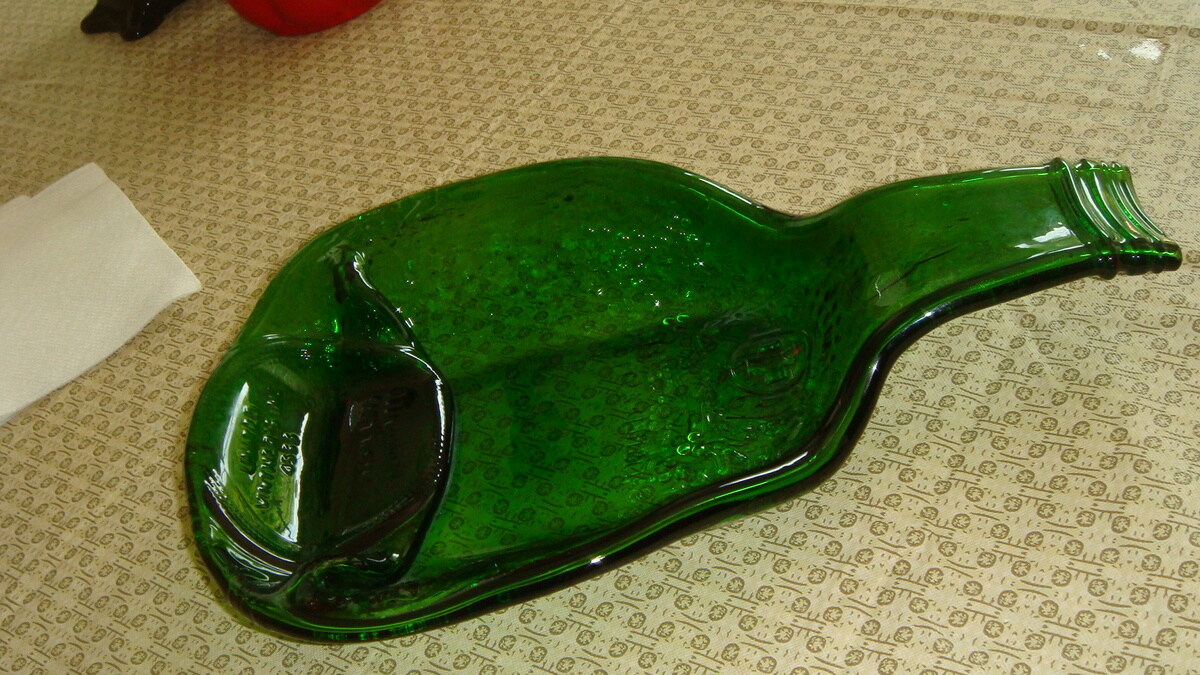
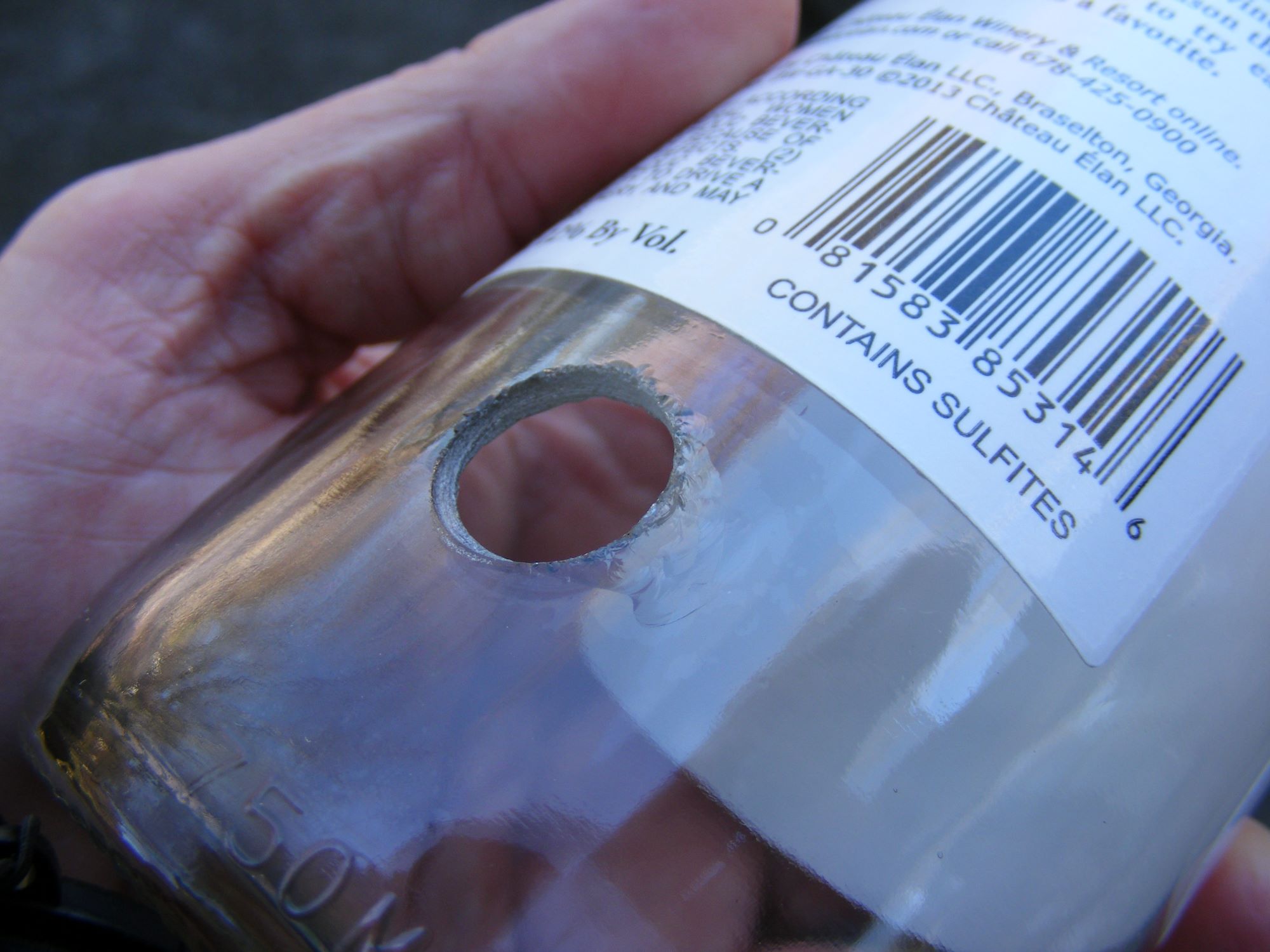
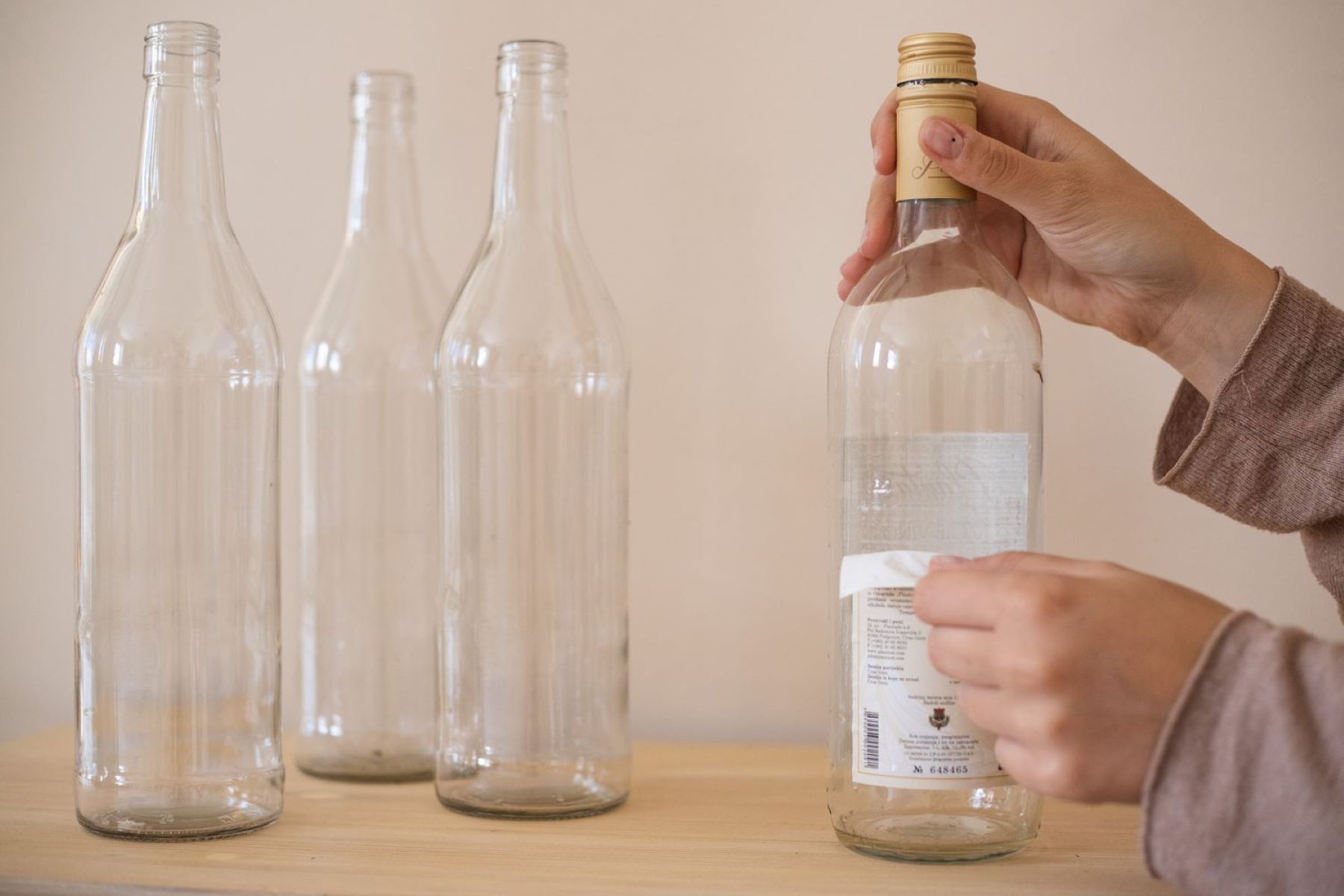
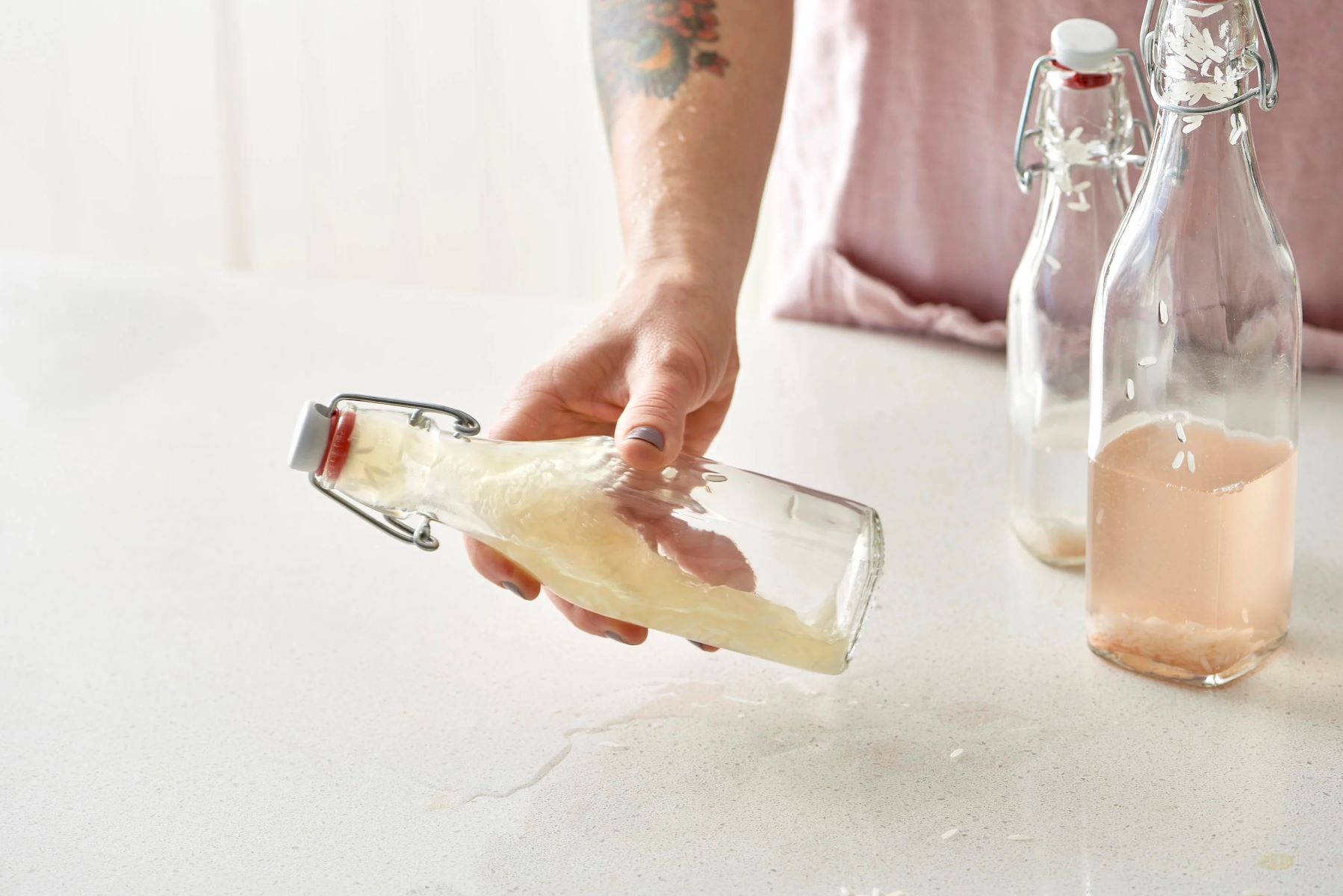


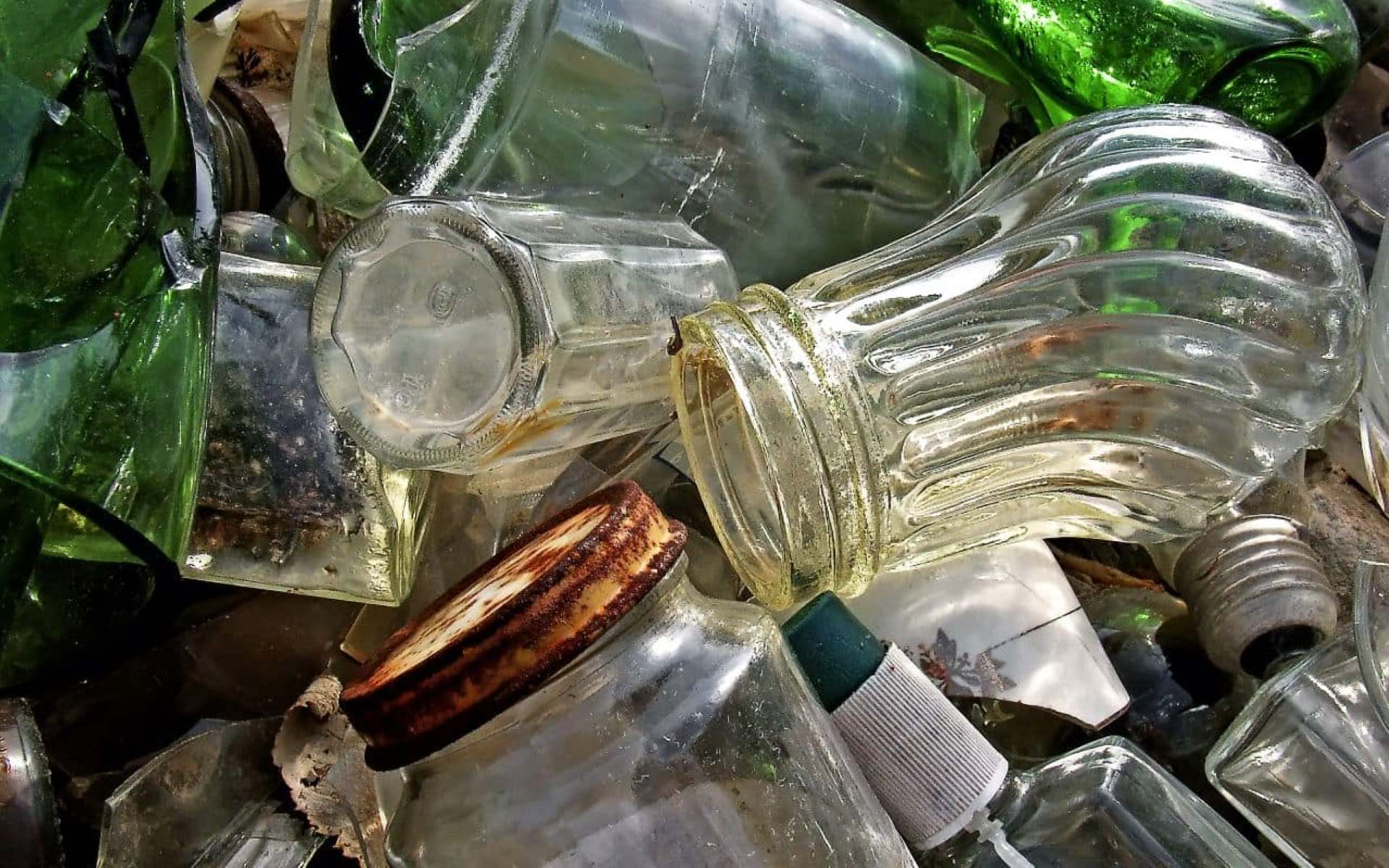

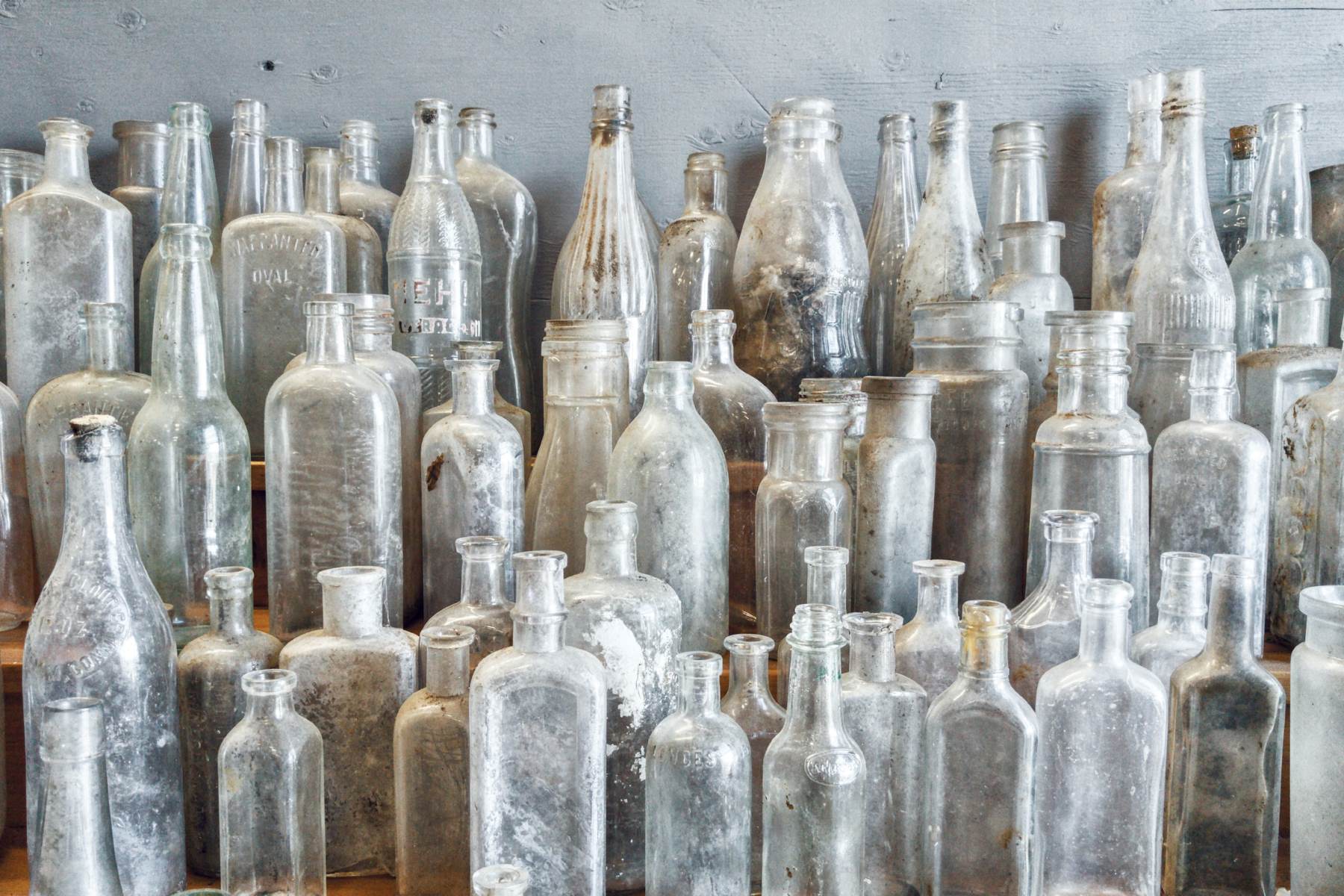

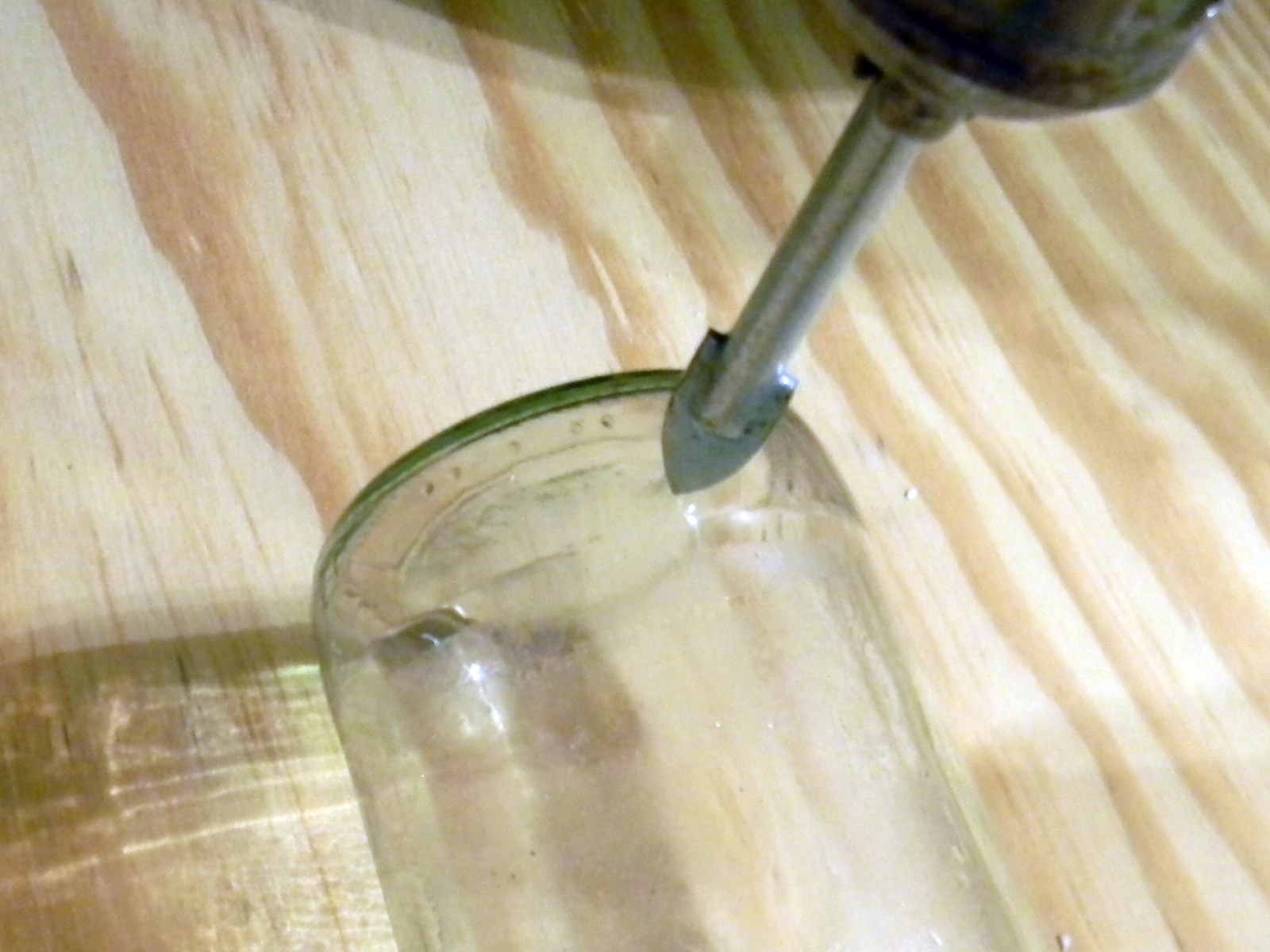
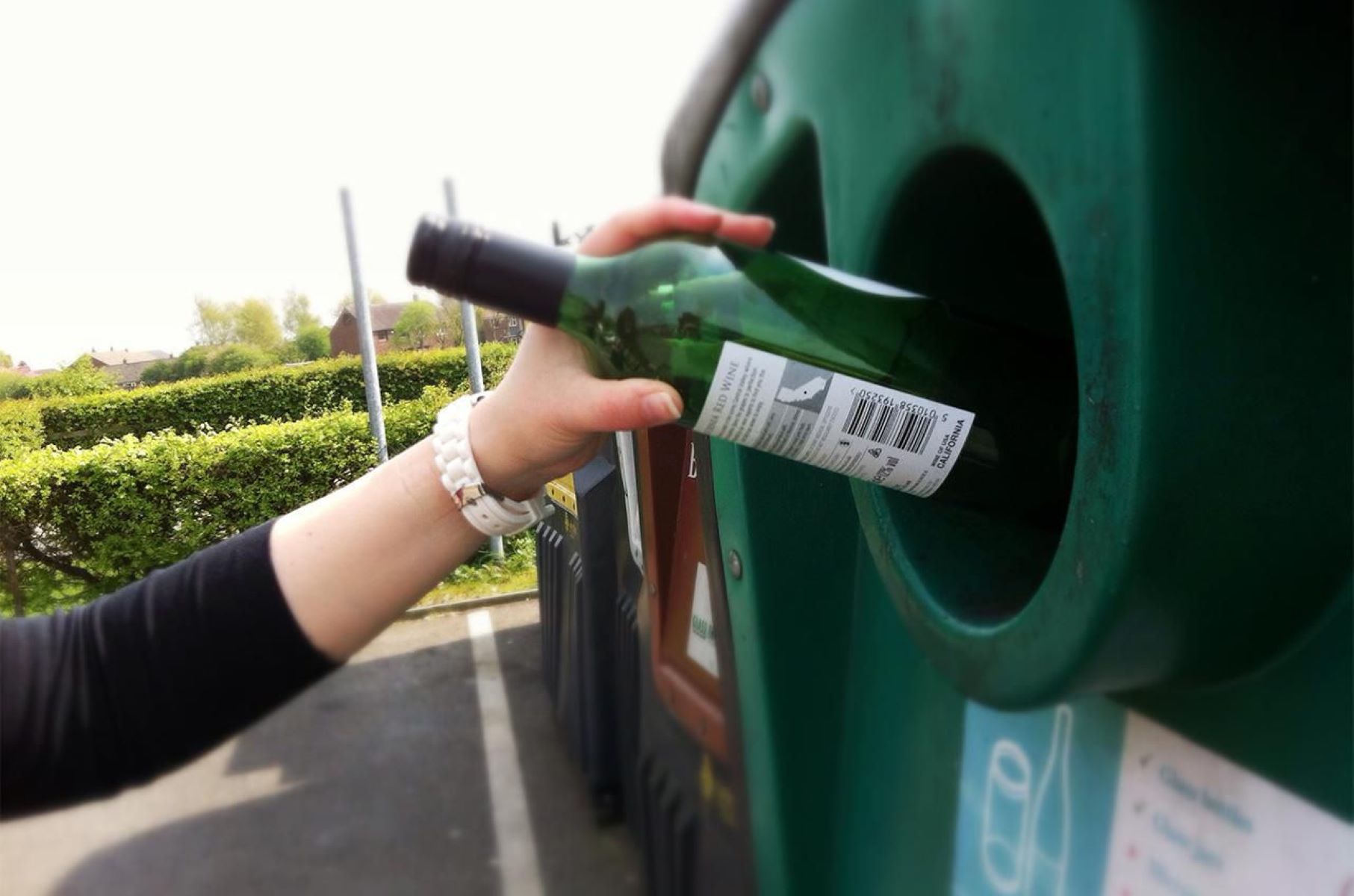
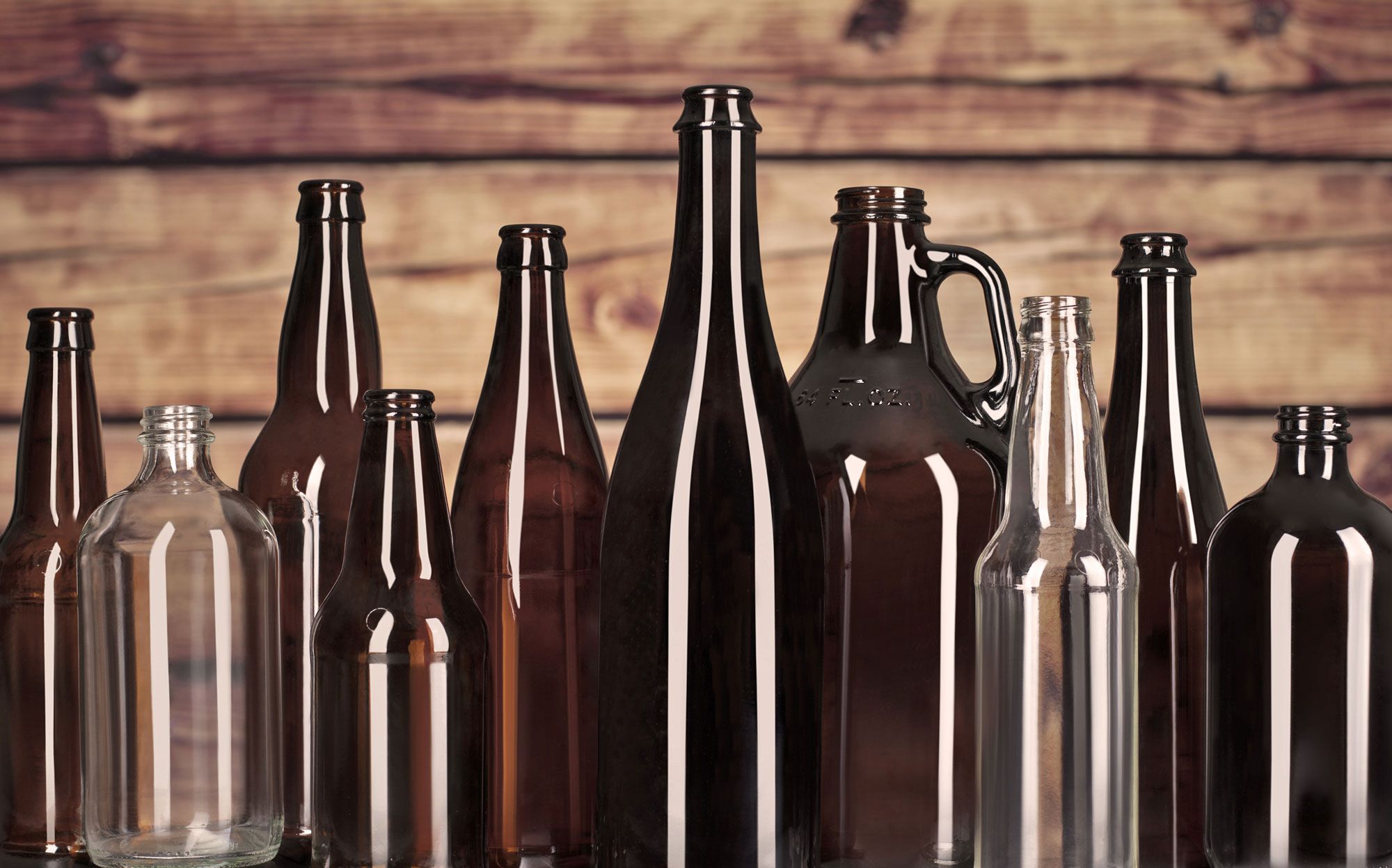

0 thoughts on “How To Dispose Of Glass Bottles”